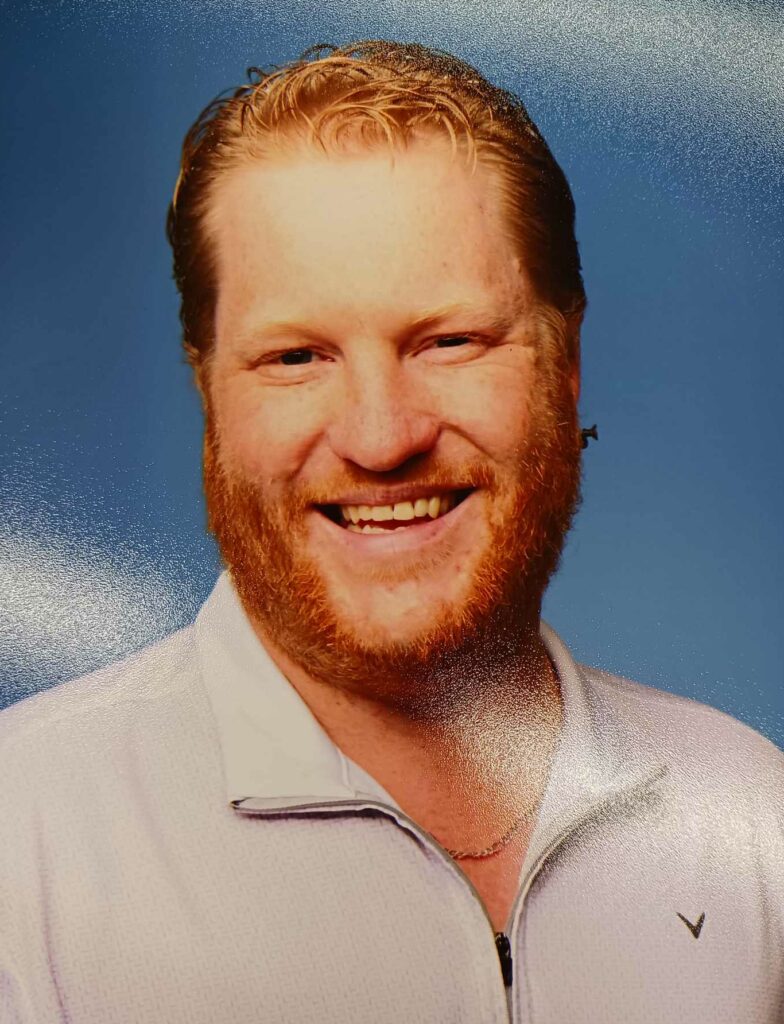Educators respect and value the history of First Nations, Inuit and Metis in Canada and the impact of the past on present and the future. Educators contribute towards truth, reconciliation and healing. Educators foster a deeper understanding of ways of knowing and being, histories, and cultures of First Nations, Inuit and Metis.
“Educators critically examine their own biases, attitudes, beliefs, values and practices to facilitate change. Educators value and respect the language, heritages, cultures, and ways of knowing and being of First Nations, Inuit and Métis. Educators understand the power of focusing on connectedness and relationships to oneself, family, community and the natural world. Educators integrate First Nations, Inuit and Métis worldviews and perspectives into learning environments.” (BCTC Professional Standards for BC Educators)

Some of the first lessons that I developed or used were based around the FPPL. I used the “30 Day Walking Curriculum” to teach Math with an emphasis on Land Based Learning. I also had support from Kelsey MacDonald, who came to the school and took the students on a mini field trip with a lesson related to Land Based Learning.


The school that I worked at had a huge focus on cultural learning. Each morning the students are welcomed with traditional drumming and singing. This was facilitated by the Indigenous Education Workers (IEWs), or even sometimes by the Vice Principal, who is also Indigenous. I had three IEWs that would regularly come into the classroom to drum, or to teach culturally appropriate lessons. These workers were an immense support and valued members of my team.
Every month at the school there was a different animal that was taught to represent a different Indigenous value, Beaver for Wisdom, etc. A lot of the Art projects and stories that were read/taught to the class were centered around these themes.



During my time as a TTUC, I worked in many different schools. One time I was luckily enough to return to the school that I had been a classroom teacher at. But in stead of teaching grade 2/3, I was at the other end of the school in Kindergarten! I love Kindergarten and being at my old school I knew a lot of the students, as many of them had older siblings that were in my former class.
The class was setup as a traditional Kindergarten class with a focus on play based learning. The students did “Play to Learn” till we had the morning meeting. I went over the day’s schedule with the students and we did calendar. Then we had snack and then one of the ELL teachers came in to do Literacy with the class.
Rather than have the students go outside for recess, the regular classroom teacher would keep them out after lunch for a longer period of time. After lunch we did Literacy, and then we did Seasonal Rounds. The students had been talking about the clan system and learning about their identity as the whole school was now taking part in the weekly Balhats (this is the local feast system, and a traditional way of government for First Nations People on the West Coast of Canada). The regular teacher had a class list that had each student’s traditional clans list and the students did an activity based on their clan and what it meant to them. I found this activity very interesting because some of the students were from the Nations that are indigenous to my home town, and I was familiar with their traditional clans.
This was a new program that they started doing right after I left. The whole school was divided into clans (not the traditional clans of the students, but school specific clans) which each clan taking a turn hosting the Balhat each week. This is a really cool concept because it teaches the students about the Feast hall and the traditional practices of the local First Nations people. I grew up in Hazelton and my family was very involved in the Feast system as my father worked at one of the villages, so to see this brought back a lot of memories. I am really glad that the school has adopted this practice as I believe it is a great way for the students to learn about their culture.
